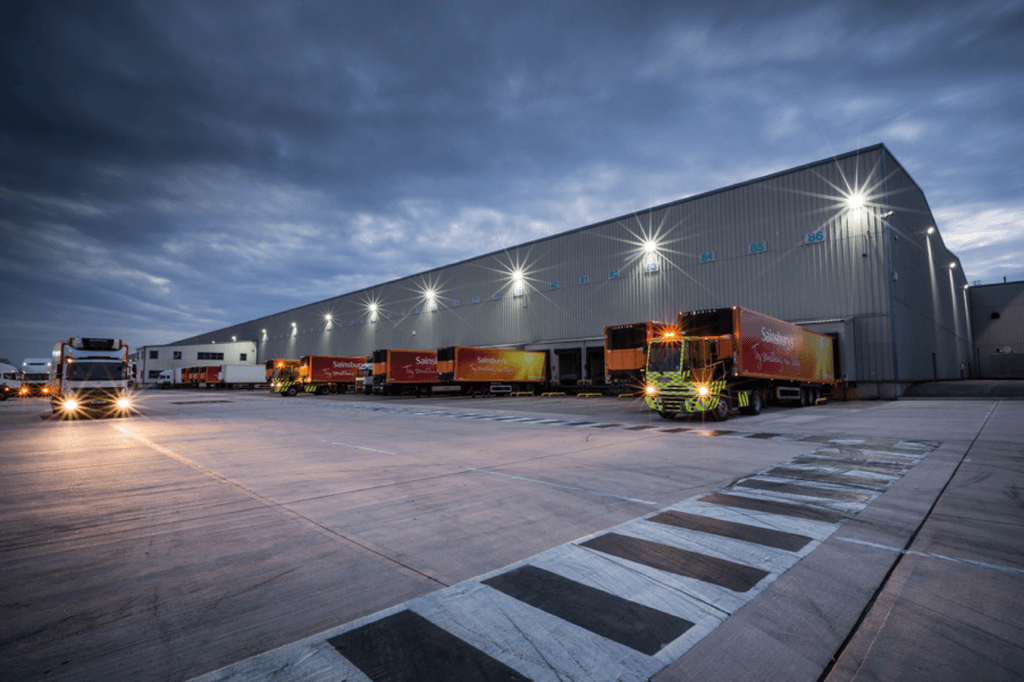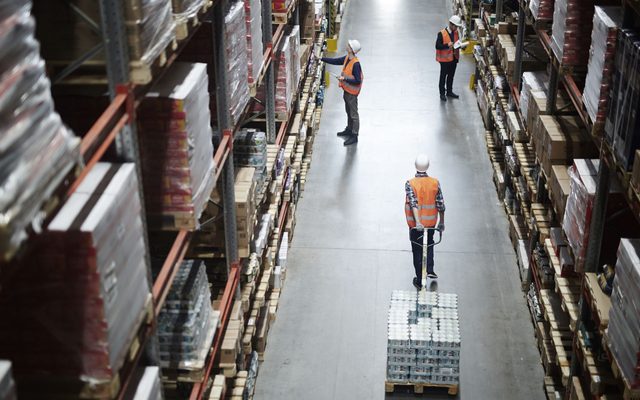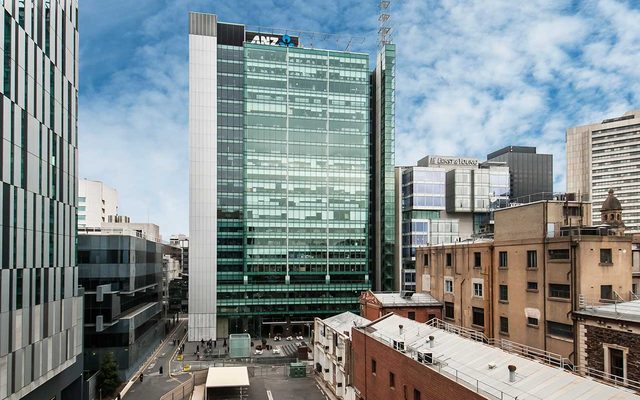This article is from the Australian Property Journal archive
IN good news for landlords, workers are continuing to return to offices, with Perth and Adelaide leading the country.
According to new data from CBRE, excluding December and January, Australia’s CBD office occupancy rate averaged 76% of pre-COVID levels in the first quarter, up 70% from 70% in Q4 2023 and 67% this time last year.
“Just over two-thirds of the businesses that have moved premises in the past three years have upgraded to a better-quality office building. Feedback from some of these occupiers suggests a significant improvement in employees returning to the office following a move to new generation office stock,” said Tim Courtnall, Pacific head of investor leasing at CBRE.
“Some organisations are also starting to link pay and promotions to office attendance, linking this to enhanced corporate culture and the contributions this makes to the mentoring of younger employees.”
Australia’s office occupancy rate recovery is significantly outpacing rates seen in the US, where occupancy has stabilised at around 50% of pre-COVID levels.
“Australia’s capital cities have the benefit of better access to public transport, shorter commute times and lower inner-city crime rates,” said Tom Broderick, Australian head of office research at CBRE.
“CBRE Research expects occupancy levels in Australia will continue to rise over the remainder of 2024 and beyond, particularly on non-peak days. Businesses are continuing to incentivise workers to encourage this return to office theme and are also investing in higher quality accommodation to earn the commute.”
The Australian CBRE Return to Office Indicator revealed that occupancy rates have improved across all CBD markets between Q4 2023 and Q1 2024
Melbourne saw rates rise from 57% to 62% over the quarter, with average weekly occupancy still impacted by low levels of attendance on Mondays and Fridays, which is 20% lower than the mid-week average of 71%.
While Perth was up to 93%, Adelaide up to 88%, Brisbane to 83%, Sydney to 77% and Canberra to 66%.
“[Perth and Adelaide] markets have shorter commute times for employees and working from home has been less structural in these cities,” added Broderick.
“Peak days in Perth and Adelaide are almost back to pre-COVID norms at 96% and 94% respectively and there is also less discrepancy between attendance on different days of the way compared to the larger cities of Sydney and Melbourne.”





